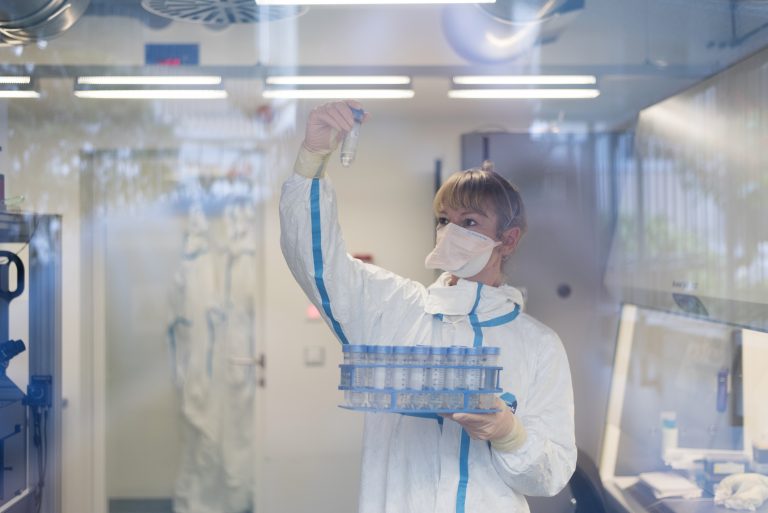
In the past, large phase III trials have failed at great expense and there are still many possible combination regimens to be evaluated in phase III. Furthermore, there is increasing evidence that culture conversion during treatment, however measured, has a limited role in decision-making for advancing regimens into phase III trials.
The innovative multi arm, multi-site (MAMS) design offers a way to trial new compounds and a multitude of drug combinations, in a shorter period, with fewer patients and in a more cost-effective manner. This design was successfully tested in PanACEA I. Our experience showed that the MAMS design is feasible in a multi-centre high burden setting. Recruitment to poorly performing arms could be stopped early, based on pre-specified thresholds; thereby re-focusing resources on the most promising regimens.
Building on the MAMS design, the Phase IIC Selection Trial with Extended Post-treatment follow-up (STEP) trial design was created to bridge the gap between phase II and phase III clinical trials. A Bayesian framework was developed to calculate the predictive probability that a 4-month regimen will be non-inferior which will de-risk future phase III trial.
PanACEA is driven by the ambition to create a self-sustaining operation, created by the consortium and subsequently taken over by other groups. The MAMS en STEP designs offer a way to keep the infrastructure of PanACEA alive after the current studies have closed
